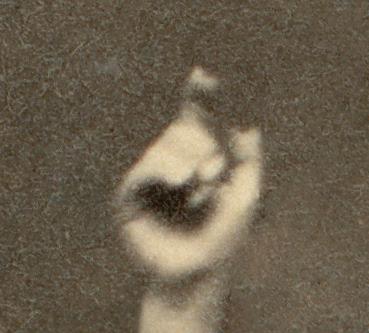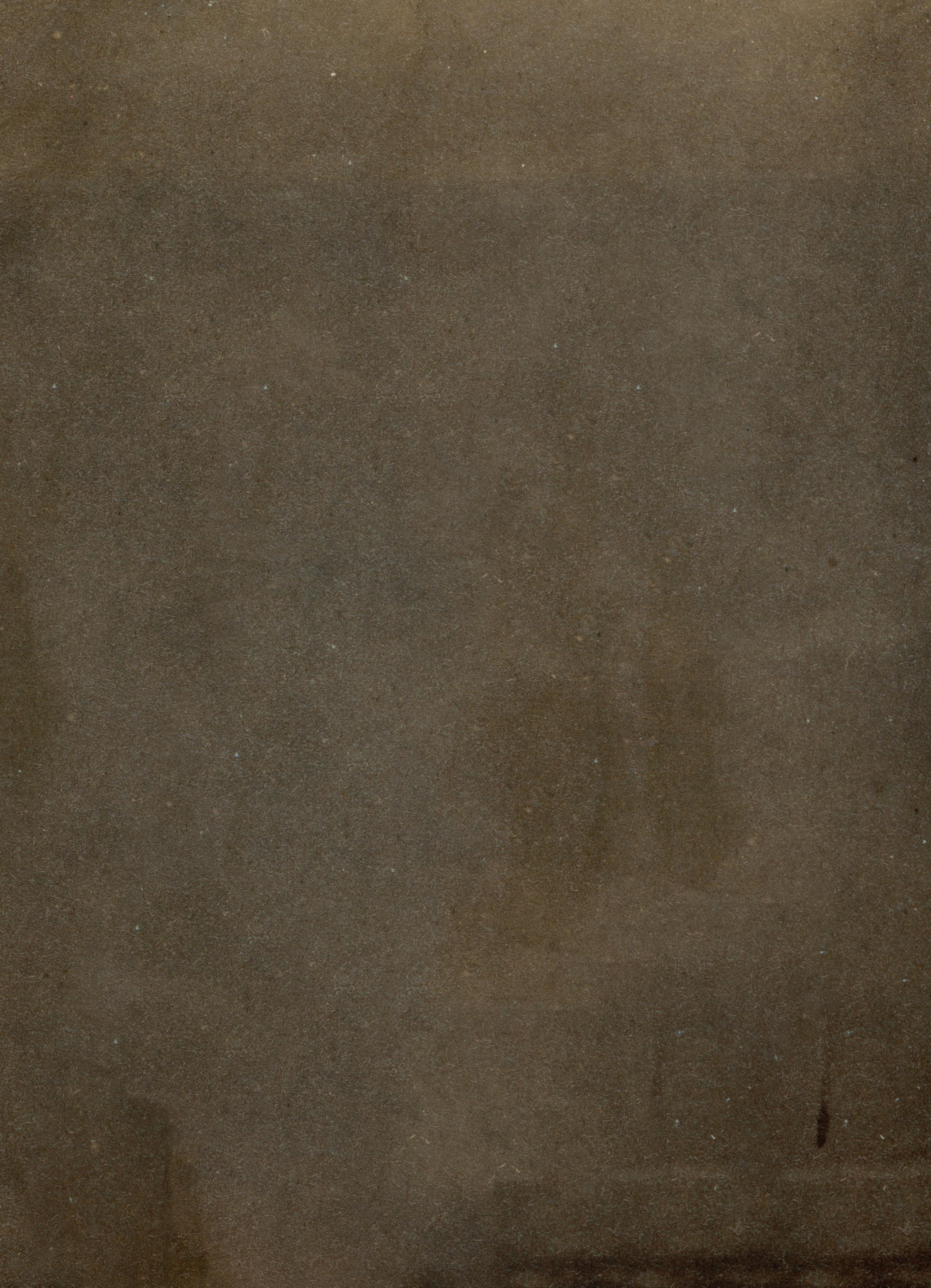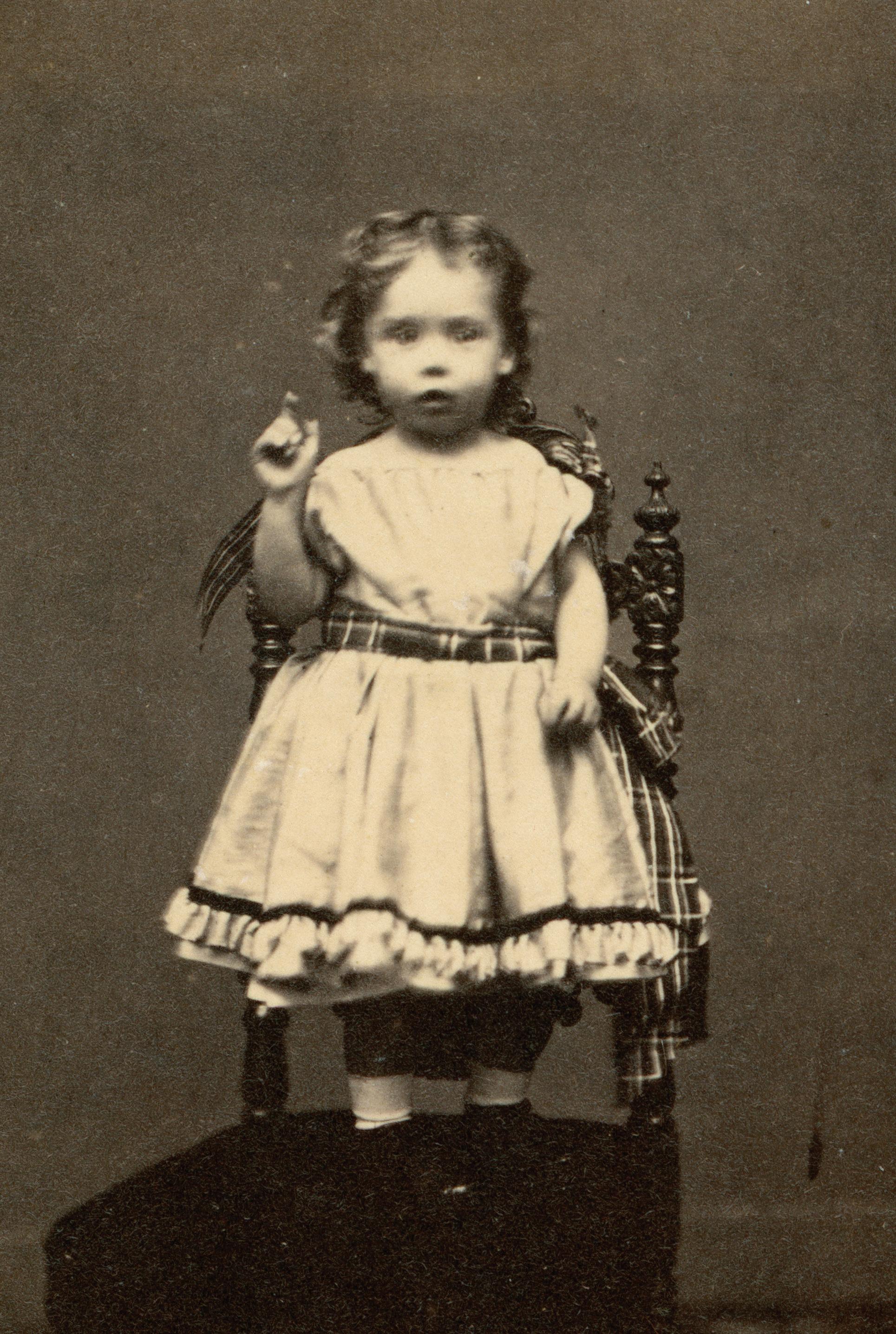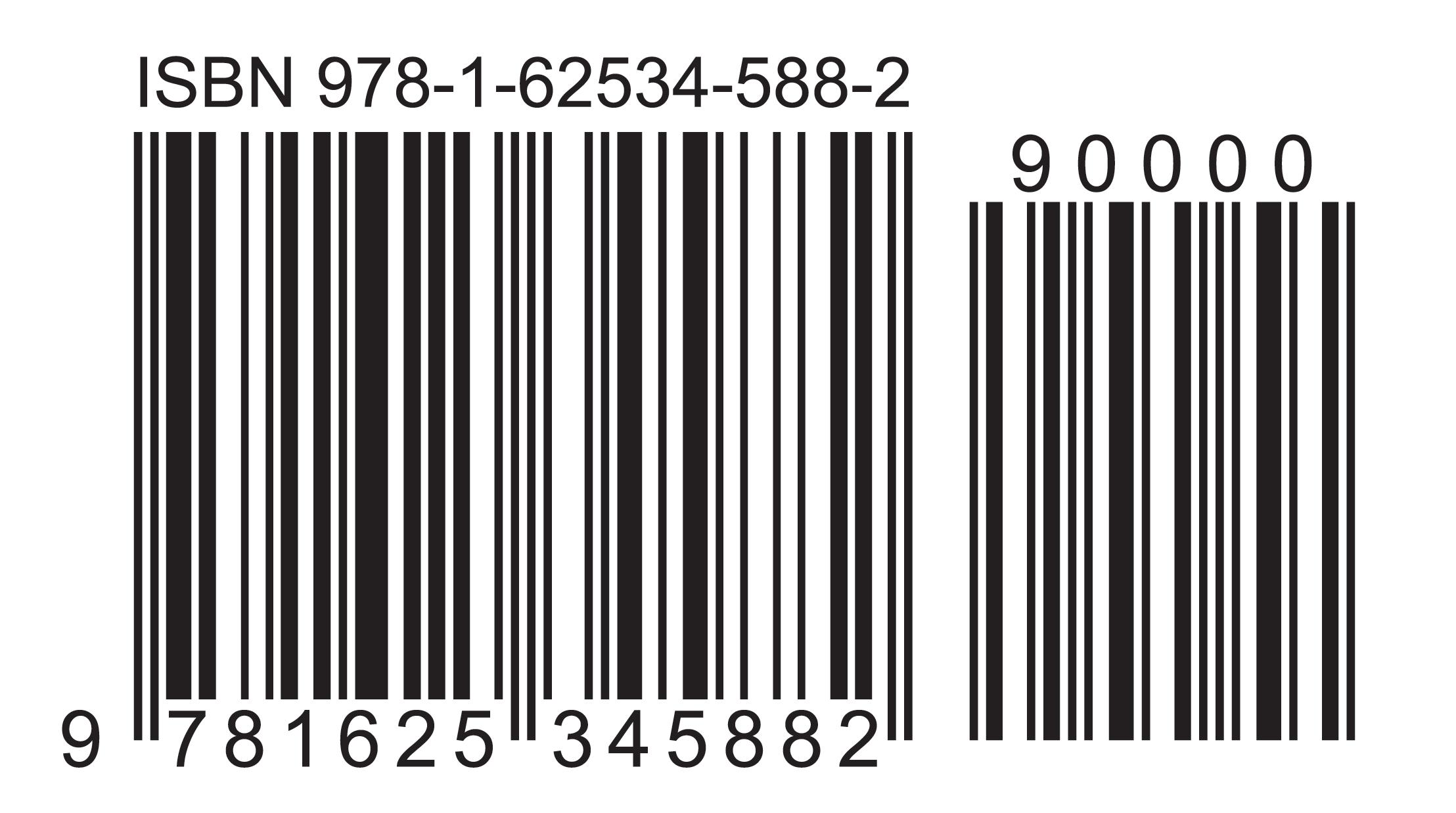






DANGEROUS CHILDHOODS IN ANTEBELLUM U.S. LITERATURE
Edited by Rachel Conrad, Alice Hearst, Laura Lovett, and Karen Sánchez-Eppler
Copyright © 2021 by University of Massachusetts Press
All rights reserved
Printed in the United States of America
ISBN 978-1-62534-588-2 (paper); 589-9 (hardcover)
Designed by Deste Roosa
Set in LTC Kennerley Pro and Gotham
Printed and bound by Books International, Inc.
Cover design by Deste Roosa
Cover photo: duncan1890/iStockPhoto.
Library of Congress Cataloging-in-Publication Data
Names: Soderberg, Laura, author.
Title: Vicious infants : dangerous childhoods in antebellum U.S. literature / Laura Soderberg.
Description: Amherst : University of Massachusetts Press, 2021. | Series: Childhoods: interdisciplinary perspectives on children and youth | Based on the author's dissertation (doctoral)—University of Pennsylvania, 2016. | Includes bibliographical references and index.
Identifiers: LCCN 2020053356 (print) | LCCN 2020053357 (ebook) | ISBN 9781625345882 (paperback) | ISBN 9781625345899 (hardcover) | ISBN
9781613768440 (ebook) | ISBN 9781613768457 (ebook)
Subjects: LCSH: American literature—19th century—History and criticism. | Children in literature. | Social problems in literature. | Child labor in literature. | Juvenile delinquency in literature. | African American children in literature.
Classification: LCC PS374.C45 S63 2021 (print) | LCC PS374.C45 (ebook) | DDC 810.9/3523—dc23
LC record available at https://lccn.loc.gov/2020053356
LC ebook record available at https://lccn.loc.gov/2020053357
A catalog record for this book is available from the British Library.
A portion of chapter 2 was previously published as “Writing the Criminal Child: Antebellum Prison Records, Parenting Manuals, and the Rise of the Incorrigible Child” in J19: The Journal of Nineteenth-Century Americanists 6, no. 2 (November 2018): 307–34. Copyright © 2018 C19: The society of Nineteenth-Century Americanists. Reprinted with permission. A portion of chapter 3 was previously published as “Prodigious Births: Black Infancy, Antebellum Medicine, and the Racialization of Heredity” in Studies in American Fiction 46, no. 2 (December 2019): 217–38. Copyright © 2019 The Johns Hopkins Press.
For Matt and Emily
When I think about all of the people and institutions who have contributed to this book, I am very aware that writing is not a solitary task, and I am staggered by the grace and kindness I have received. I wrote this book over the course of several positions and with the help of countless friends, colleagues, and mentors. I first began this project while in graduate school. My committee members were invaluable guides in the process and were everything I could have hoped for in advisors. Nancy Bentley offered strategic and insightful guidance as well as the rare gift of practical writing advice. David Kazanjian consistently pushed me to think more broadly and more precisely about my work. Chi-ming Yang gave generous and brilliant feedback and always gave me more to consider. I also had the honor of meeting scholars and friends whose readings and thoughts have shaped my own. Sunny Yang and Don James McLaughlin deserve special thanks for having read and commented on much of the material in this book. I also want to thank Omari Weekes, Sierra Lomuto, Aundeah Kearney, Mary Zaborskis, Marina Bilbija, Kalyan Nadiminti, Julius Fleming, Ana Schwartz, Bronwyn Wallace, Sal Nicolazzo, Jazmín Delgado Flores, Evelyn Soto, Clare Mullaney, and many others. I owe them all a great deal.
I also received crucial support as a fellow with the McNeil Center for Early American Studies, a time that was invaluable for its interdisciplinary structure and the conversations with and research done by other fellows. My research was further supported by a short-term fellowship at the Winterthur Museum and Library, and I am grateful for the research assistance of librarians there and at the Historical Society of Pennsylvania. Earlier and shorter versions of work from this book appeared in J19 and American Literature. I appreciate the time and recommendations that the editors and reviewers for those journals contributed to this material.
The academic market being what it is, the manuscript came with me to several homes. I did further work on this text while holding visiting positions at Washington College and Franklin & Marshall College. I
am indebted to my colleagues at those institutions, especially Courtney Rydel, Shari Goldberg, and Peter Jaros for their hospitality and advice. I am completing it from the University of Southern Indiana. I am grateful for the conversations and contributions of all of my colleagues there and for the faculty development award that supported this work.
A number of conferences and seminars have provided important interlocutors, including the childhood teleologies workshop at C19 facilitated by Anna Mae Duane and Karen Sánchez-Eppler, and the Childhoods of Color conference hosted by the University of WisconsinMadison’s Center for the History of Print and Digital Culture and organized by Brigitte Fielder. Matt Becker has been a terrific editor, and I am grateful to him and to the anonymous reviewers at the University of Massachusetts Press whose feedback has greatly improved this text.
Throughout all of this, I have also been supported by the immense kindness of friends and family. Helen, Janani, Dena, and Alex are extraordinary friends. I appreciate the warmth and welcome of the Hagerty family. Without the support of my parents and sister, I would never have undertaken this work, much less completed it. Finally, to Matt, you deserve more than thanks.
In 1758, Carl Linnaeus set out a taxonomy of the human population. A revision of the system he had first published in 1735, Linnaeus’s tenth edition of Systema Naturæ classifies humans by the racial categories that were then beginning to be consolidated—proposing different human species for African, American, European, and Asian peoples with a collection of physical traits describing each—but the system also includes two subspecies that operate much less conventionally.1 One, Homo monstrous, acts as a catchall for racialized groups whom he believed to be physically distinct from the larger categories. Each of these smaller groups, which include the so-called Patagonian giant and the dwarf of the Alps, are assigned a specific region and a set of common characteristics, such as size or timidity.2 The remaining type, Homo ferus or, to use a more common term, the feral child— works more strangely. Although he offers three shared traits of fourfootedness, muteness, and hairiness within the species, Linnaeus’s chief definition of Homo ferus comes, unlike all the other species of humanity, as a list. That list is comprised of six cases: the Bear Boy of Lithuania (Juvenis Ursinus lithuanus), the Wolf Boy of Hesse (Juvenis Ursinus Hessensis), the Irish Sheep Boy (Juvenis Ovinus hibernus), Peter of Hanover (Juvenis hannoverans), the two Pryenean Boys (Pueri Pyrenaici), and Jean of Liège (Johannes Leodicensis).3 Apparently trusting his readers’ familiarity with the feral children whom he references, Linnaeus provides no information about any of these cases beyond these names, nor does he give any further information about the group as a whole.
How do seven children scattered across Europe, most of whom never met one another, constitute a coherent group? And, more pointedly, what intersection of reproduction and population is Linnaeus relying on when he so quickly assumes that the grouping will be clear to his readers? Systema Naturæ anchors the other taxonomic categories of humanity into a stable geography and more recognizable kinship; they are the people who have lived in an area, reproducing their supposedly unique traits across the generations. They represent, in other words, a version of what Alys Eve Weinbaum has termed “the race/reproduction
display a similar ambivalence about the social disconnection of the children whom he wished to educate:
It should be remembered, that there are no dangers to the value of property or to the permanency of our institutions, so great as those from the existence of such a class of vagabond, ignorant, ungoverned children. This “dangerous class” has not begun to show itself, as it will in eight or ten years, when these boys and girls are matured. . . . They will vote. They will have the same rights as we ourselves, though they have grown up ignorant of moral principle, as any savage or Indian. They will poison society. They will perhaps be embittered at the wealth, and the luxuries, they never share. Then let Society beware, when the outcast, vicious, reckless multitude of New York boys, swarming now every foul alley and low street, come to know their power and use it!28
Fear, rather than pity, drives his warning that New York was infested with an “outcast, vicious, reckless multitude” threatening to overrun it. The peril that this “dangerous class” offers to Brace is not a specific menace so much as it is the internal threat to the known social order and particularly to that predictable continuity of sovereignty that he terms “the permanency of our institutions.” As the conventional language of reproductive futurity takes on the character of apocalyptic prophecy, what seem like children—and therefore harmless, trivial, and above all apolitical—will rise up into rights-bearing adults, because to the eyes of the state, they are citizens as much as anyone else. Brace’s warning is that these future citizens will have no loyalty to the laws and class hierarchies into which they have been born, and thus no reason to continue them; their lack of recognizable socialization places them as far outside national tradition as “any savage or Indian.” The fear of these vagrant children, then, lies in the idea that they are the future, but a future with no affinity to the present and guaranteed only to appear to observers like Brace as a place of disorder and unpredictability.
Returning to Pearl, a reading of her ability to scare her mother alongside Brace’s jeremiad on the homeless children of New York alongside the taxonomies of antisocial childhood points to a pervasive history of childhood as a perceived threat to existing systems of power. These examples are easy starting points in part because their whiteness grants them some proximity to more recognizable languages
of childhood—note that Brace’s ultimate threat is that white children might be racialized into becoming like Native Americans, a threat that precludes recognition of Native American children as children—but narratives of supposedly antisocial children pervade white descriptions of children of color, particularly Black children. These narratives acted as justifications of often brutal control. I certainly chose my title, “Vicious Infants,” in part for its apparent contradictoriness, but more importantly because it registers a real and historically codified type of child. As a criminal designation, vicious infancy stripped subjects of their ability to participate in a social world outside of institutional control, potentially for as long as they could be classed as minors.29
Theorists of sovereignty have long seen more conventional versions of childhood as ideal territory for conservative utopian thought. Because its futurity is bound up in adults thinking back to their own memories, the futures projected on children can easily take the form of an idealized regression back to a supposedly purer past. That is, adult thinkers often present childhood as a known entity, having been children themselves, and therefore assume that its trajectories into the future can be fully managed—albeit through a regimen of painstaking corrections. As Michel Foucault wrote of nineteenth-century Europe, “the education of children was the fundamental utopia, crystal, and prism through which problems of conduction were perceived.”30 Through childhood, adults in power dreamed of sculpting subjects to their own specifications. Studies of childhood have accordingly concentrated on the dual uses of childhood as contact point and warrant for governmental power, in that the perceived vulnerability of the child to external forces serves both as an opportunity for social conditioning and a justification for a “protective” control. Lee Edelman, Elizabeth Freeman, and Lauren Berlant have each argued that the relentless futurity associated with utopian visions of the child is used to narrow the present desire of adults into heteronormative channels.31 This version of childhood serves a site on which the future may be inscribed; once designated as the fragile vessel of that perfect future, it becomes a pretense for policing the present.
Moreover, childhood’s importance in U.S. national discourse reflects and reinforces a sense that the only way of thinking about time that matters is a linear futurity based in straight, biological reproduction. As Jack Halberstam explains these connections between generational
own definitions of childhood. Nazera Sadiq Wright has argued, for example, that African American authors throughout the nineteenth century created portraits of Black girlhood that emphasized strength, courage, and resilience, redefining what girlhood could be.37 Work in Black children’s literature has also pushed beyond the traditional categories of historical archives and of children’s literature to give fresh visions of what African American children read and wrote and of how they lived.38 Native American authors like Charles A. Eastman and Zitkala-Ša published children’s literature for audiences that included white children but centered Native American stories and traditions as valuable and formative. Such writers were doing more than claiming the conventions of childhood; they were rewriting them. In this regard, I scout the limits of sentimentalism to consider which children are beyond the transformational force of pathos, but I also push against the presumption that sentimentalism, even broadly defined, was the only discourse dictating antebellum cultures of childhood.
The majority of this text tracks the racialization, marginalization, and rhetorical othering of marginalized children, especially Black children, in literary and official writing. It does so because it is important to understand the harms that these narratives have done in order to better trace and ameliorate their legacies. However, the implicit cost of studying these texts is to risk recirculating and reproducing their injuries. I study this archive in the belief that the harms of these texts already persist in the world in many forms and that examining antebellum narratives grants us a better understanding of these historical continuities. Just as importantly, it also helps us recognize strategies of resistance to these narratives. Another limit of this project is that it tells us less about the perspective of historical children themselves than about the adult cultures they confronted. This is not a desire to signal that these perspectives went unrecorded or are wholly lost to us; even in these archives of adult writing, hints of child subjectivity peek through. Rather it is a matter of better understanding and more fully recovering these perspectives by examining the world they encountered.
Childhood studies cannot place its center in even a putatively singular subject. Returning to one of the origin points of the field reveals the fundamental plurality of visions of children. The angelic child never existed without the delinquent, the apprentice, the prodigy,
or any of the other frameworks for childhood that this project might have considered but for which it lacked the space. Instead, these figures—which are themselves so invested in attempts to think about the antebellum United States as a heterogeneous set of populations with discontinuities, exceptions, and difference—point to childhood as an object of study in which multiplicity must be a central feature of not only its content, but also its methods. In other words, the stories that the field tells must be messy, fragmented, and partial, reflecting the interplay between activism for living or historical children and criticism of rhetorical childhoods as well the limits of adult scholars to reach across the boundaries of age.
Narratives of childhood emerged through the interplay of institutions and literature, two systems that seem to operate in quite different ways. Institutions work to provide broad pathways designed to route individuals through programs written to apply to the many. The patterns formed through this repetition make visible narratives already implicit in bureaucratic structures. Benedict Anderson describes this process in terms of fluid dynamics, writing that “the flow of subject populations through the mesh of differential schools, courts, clinics, police stations, and immigration offices created ‘traffic- habits’ which in time gave real social life to the state’s earlier fantasies.”39 By tracing how institutions imagine and implement these “fantasies,” we also recover the stories in which they place their subjects and the logics that cross from expert discourse into common culture. The reliance on children to represent the border between individual and collective life makes the act of interpreting childhood a specifically literary task, rooted in figuration and characterization, even when its texts are bureaucratic. Many of the labels I discuss arise in institutional contexts outside of literature, but their force is to make a literary argument that these children are representative beyond themselves. The incorrigible delinquent was created amidst the paperwork of juvenile prisons, but it also provided an interpretative framework for narrating the social body and those who fall outside it. Medicine, likewise, produced the idea of the prodigy as a limit case for legible inheritance, endowing it with its
agreed to them. The common urge to see the coming-of-age narrative as a genre that ends in contentment, conformity, or complacency, or to equate the end of childhood as an emergence into society cannot hold for comings-of-age about subjects alienated by white supremacy. Moving between the markers of age that are social—money, occupation, and even the power to establish and protect one’s family—were often practical impossibilities. Wilson and Apess give us endings that are unsettled and perhaps unsatisfying, but they also give us endings that are not entirely foreclosed by the world as it existed at the end of the texts. It is not clear what could happen next for Frado or William, which is terrifying and dangerous, but also leaves open a possibility for change.
Ann has perhaps been one of the most troublesome subjects in the House, now and then evincing however a disposition to do well, but again would break forth in wickedness, the last very bad act was in stealing the matron’s sweetmeats, and plotting to burn the female house.
Entry from the New York House of Refuge’s juvenile prison records on Ann McCollister ( Inmate #5), dated August 1, 18281
One peculiarity of the child’s deportment remains yet to be told. The very first thing which she had noticed in her life, was— what?—not the mother’s smile, responding to it, as other babies do, by that faint, embryo smile of the little mouth, remembered so doubtfully afterwards, and with such fond discussion whether it were indeed a smile. By no means! But that first object of which Pearl seemed to become aware was—shall we say it?—the scarlet letter on Hester’s bosom!
Nathaniel Hawthorne, The Scarlet Letter, 18502
Popular fears about ungovernable children in the early nineteenth century were unsurprisingly paired with demands that children be governed far more closely, the most immediate example of which is the development of juvenile delinquency as a category of discipline. The case of juvenile incarceration can appear unique or estranged from less obviously violent models of childhood. This exceptionalism—which holds the supposed wickedness of a child such
for, even among the Pequod’s crew of isolates, the prodigy remains on the outside. If the vision of Black infancy as an exception from reproductive history and futurity allows Melville to make it a means to rendering other types of non-normative kinship legible, these broadened horizons reinforce the abjection and exclusion of those bodies. By the novel’s logic, to have written Yojo as a living child, rather than as a block of wood in the form of a child’s corpse, would have driven Ishmael and Queequeg apart, because caring for him would require a reinvestment in future-oriented family that, for Melville, is inextricable from straightness. Similarly, while Melville’s crew are made free by abandoning futurity for the present, Pip has no such chance. Trapped with a living body and drowned soul, Pip remains the sign of—not a participant in—the crew’s refused future.
Tempting as it is, then, to seize on children as the way to reject kinship that is dependent on its historicity and with it the genealogical fixations of white patriarchy, José Muñoz’s rejoinder that not all children are “the sovereign princes of futurity” argues that any viable counter to genealogy must remember that those figures used to prop up genealogy can also be those who suffer from its exclusions.113 Recognizing the character Pip as both part of an ongoing mode of alienation for Black subjects and as an inroads into recalling lost histories and the alternative possibilities they offered provides a way to think about how the attempts to break out of normative kinship can sometimes reiterate the very kind of exclusions that they seek to escape. In this way, though, Paul’s writing is all the more important: by remaking prodigy to center Black children, she also remakes what it means to be in kinship with others.
In the state of Ohio, the traveler is forcibly struck with the indications which are every where presented of an anti-malthusian tendency. No state in the union can surpass this in flaxen-headed, chubby-faced younkers. In passing down the river on a steamboat, the noise of the steam unavoidably draws the inmates from their abodes, and in front of almost every cabin you soon see a swarm of children.
Cincinnati Mirror and Western Gazette of Literature, Science, and the Arts, February 14, 18351
When the Cincinnati Mirror and Western Gazette announced the death of Thomas Malthus, it chose the odd strategy of doing so with an ode to the children of its state. An unnamed author recommends Malthus as “the ablest expounder” of political economy and is confident that his ideas will already be familiar to the newspaper’s readers, declaring that “everybody knows something of his peculiar doctrines in regard to population.” 2 The substance of that something, however, is also quickly put in doubt, because for the author, the heart of Malthus’s argument was neither poverty, nor misery, but children and the freedom to have them. The summary of Malthus’s work—that “the rearing up of children was about the worst sort of business which could be pursued; and that their increase would at some day call upon government to interpose checks”—provokes a tangent that occupies the rest of the column,
1. Carl Linnaeus, “Mammalia Primates: Homo,” in Systema Naturae, tenth ed. (Stockholm: Laurentii Salvii, 1758), 20–24, Internet Archive, accessed October 20, 2015, https://archive.org/details/cbarchive_53979_linnaeus 1758systemanaturae1758.
2. Ibid., 22–23.
3. Ibid., 20. The 1766 edition adds three children to this list, two female and one male. Although feral childhood may have been more readily accorded to boys, gender was not a central organizing principle in the structure of Linnaeus’s taxonomy.
4. Alys Eve Weinbaum, Wayward Reproductions: Genealogies of Race and Nation in Transatlantic Modern Thought (Durham, NC: Duke University Press, 2004).
5. John Locke, Two Treatises of Government , ed. Peter Laslett (London: A. Millar et al., 1764; New York: Cambridge University Press, 2009), 177.
6. Kathryn Bond Stockton, The Queer Child, or Growing Sideways in the Twentieth Century (Durham, NC: Duke University Press, 2009).
7. Though this is only a few names among many possible references, I am especially indebted to the work of Saidiya Hartman, P. Gabrielle Foreman, Nazera Sadiq Wright, Aimee Meredith Cox, and Sandrina de Finney.
8. Marie Jenkins Schwartz, Born into Bondage: Growing Up Enslaved in the Antebellum South (Cambridge: Harvard University Press, 2001), 5. As a point of comparison, Schwartz further notes that this demographic pattern was not present in slave-holding nations in Latin America, which relied on the transport and purchase of new adults to maintain their labor force.
9. Wilma King, Stolen Childhood: Slave Youth in Nineteenth-Century America, second ed. (Bloomington: Indiana University Press, 2011), 73.
10. Dawn Peterson, Indians in the Family: Adoption and the Politics of Antebellum Expansion (Cambridge: Harvard University Press, 2017).
11. James D. Schmidt, “‘Restless Movements Characteristic of Childhood’: The Legal Construction of Child Labor in Nineteenth-Century Massachusetts,” Law and History Review 23, no. 2 (2005): 315–50.
12. Robin Bernstein, Racial Innocence: Performing American Childhood from Slavery to Civil Rights (New York: New York University Press, 2011); Anna Mae Duane, Suffering Childhood in Early America: Violence, Race, and the Making of the Child Victim (Athens: University of Georgia Press, 2010).
13. For representative works in this vein, see Marah Gubar, Artful Dodgers: Reconceiving the Golden Age of Children’s Literature (New York: Oxford University Press, 2009); Claudia Nelson, Precocious Children and Childish Adults: Age Inversion in Victorian Literature (Baltimore: Johns Hopkins
“Account of a Monster” (Yates), 94–96
Adam Bede (Eliot), 124
Adams, John, 134, 183n45
African American childhood: girlhood and, 13, 122, 146–49; juvenile delinquency and child self, 50; race/reproduction bind, 1–2; racial hierarchies formed in United States society, 7, 8; transracial adoption of, 157; type of childhood determined by race, 4; vulnerability and innocence of childhood and, 6, 12–13, 16–17; white children in wage-based labor vs. Black children as apprentices, 28–29, 36. See also apprenticeship literature; Native childhood; racialization of heredity; slavery; whiteness and childhood
Aichhorn, August, 80–82
Albanese, Mary Grace, 160 Alcott, Louisa May, 62–63
Allen, Richard, 159
American and Foreign Anti-Slavery Society, 149
American Annals of Education, and antebellum attitudes toward childhood, 54
American Colonization Society, 149
American Elegy (Cavitch), 110, 180n80
The American Frugal Housewife (Child), 54
American Journal of Medical Sciences, and racialization of heredity, 177–78n34
Anarcha (enslaved woman), 96 Anderson, Benedict, 14 antebellum childhoods, 1–17; coming-of-age narratives and, 15–17; futurity projected on children, 11–12; idealized child purity as white, 181n7; intergenerational bonds as legal concept in United States, 2–3, 6–11; interplay of institutions and literature, 14–15; juvenile delinquency and child self, 16, 17; linkage between reproduction, population, and childhood, 1–2; othering of marginalized children, 13–14; post–Civil War interest in child welfare vs., 153–61; race and children as antisocial, 2–11, 15–17, 144, 153–61, 163n3, 164n29, 165n29; racialization of heredity and, 16, 17; sentimental reform novels and, 6, 16–17; “vicious infants” as codified type of children, 11; vulnerability and innocence of childhood, 6, 12–13, 16–17. See also apprenticeship literature; juvenile delinquency and child self; racialization of heredity; reproduction and economic issues
Apess, William, childhood of, 15. See also A Son of the Forest apprenticeship literature, 19–48; apprenticeship indenture of Barns, 19–22, 30, 166n1; children and public vs. private lives, 20, 24–29, 36–40, 169n56;
Childhood as scholars often recognize it—innocent, vulnerable, and above all, precious—is anchored in the cultural imagination of the early nineteenth-century United States, when an attitude of child worship drove sentimental politics and literature. But, not all childhoods were defined by love, education, and nurture. Singled out by nineteenth-century legal and medical establishments, children already marginalized by slavery, ethnicity, and poverty were increasingly branded as incorrigible, delinquent, and antisocial.
Vicious Infants offers a counterhistory of literary childhood as both perceived social threat and site of resistance, revealing that many children were not only cut off from family and society, they were also preemptively excluded from the rewards of citizenship and adulthood. Turning to prison documents, medical journals, overlooked periodical fiction, and literary works from William Apess, Harriet Wilson, Herman Melville, Susan Paul, and Harriet Beecher Stowe, Laura Soderberg recovers alternate narratives of childhood and provides an important window into the cultural links between race, reproduction, and childhood in the antebellum period.
“Soderberg’s work is especially important because it utilizes an innovative archive to radically shift the reading of children from the private to the public sphere and demonstrates how the study of childhood can open up new ways of thinking about population.”
— allison giffen , coeditor of Saving the World: Girlhood and Evangelicalism in Nineteenth-Century Literature
“Vicious Infants makes a significant contribution to the study of childhood, non-idealized childhoods, and the child as understood in relation to paradigms of race and class.”
— melanie dawson , author of Laboring to Play: Home Entertainment and the Spectacle of Middle-Class Cultural Life, 1850–1920 laura soderberg is assistant professor of English at University of Southern Indiana.



 A volume in the series CHILDHOODS: INTERDISCIPLINARY PERSPECTIVES ON CHILDREN AND YOUTH
Cover design by Deste Roosa. Cover photo: duncan1890/iStockPhoto
A volume in the series CHILDHOODS: INTERDISCIPLINARY PERSPECTIVES ON CHILDREN AND YOUTH
Cover design by Deste Roosa. Cover photo: duncan1890/iStockPhoto